Mild Chronic Microvascular Ischemic Disease
Mild chronic microvascular ischemic disease. Microvascular ischemic disease is. Ischemic cerebral small-vessel disease accounts for a third of acute cerebral ischemic events and contributes to the development of cognitive decline and dementia. Diminished or absent blood supply to the brain caused by obstruction thrombosis or embolism of an artery resulting in neurologic damage.
This is a common problem in people who have lots of complex medical problems like you do such as diabetes and high blood pressure. SWI lesions are common in patients with neurological manifestations of severe COVID-19 coma and focal neurologic deficits. Microvascular ischemic disease describes conditions that affect the small blood vessels in the brain.
Causes of the disease include diabetes a stroke hypertension and migraine headaches. Cerebral small-vessel disease can be visualized on MRI studies as lacunar infarcts white matter lesions and cerebral microbleeds. Small ischemic vessel disease occurs when there is damage to either the vessels themselves or the surrounding white brain matter.
The distribution of lesions is similar to that seen in patients with hypoxic respiratory failure sepsis and disseminated intravascular coagulation. Read More 3 doctors agree. Microvascular ischemic disease is also known as small vessel disease.
These conditions include stroke cerebral hemorrhage and. Microvascular ischemia often occurs as clumped leukocytes andor platelets lodge in the bloodstream Gutterman et al 2016. Other symptoms include difficulty speaking slurred speech and the loss of coordination.
When there is a lack of blood flow to the brain tissue the symptoms are usually cognitive. Its the narrowing of the blood vessel leading to reduced supply of blood to brain tissue. The two general categories of strokes are hemorrhagic bleeding into the brain or ischemic insufficient blood flow to the brain.
Ischemia within the arteries branching from the vertebral arteries in the back of the brain may result in symptoms such as dizziness vertigo double vision or weakness on both sides of the body. Chronic microvascular changes are seen in both cerebral hemispheres with mild symmetric parenchymal volume loss.
SWI lesions are common in patients with neurological manifestations of severe COVID-19 coma and focal neurologic deficits.
SWI lesions are common in patients with. See a doctor who can help. Inability to ReasonLoss of LogicCannot MultitaskDisorganization. Microvascular ischemic brain disease is a fancy medical term for saying that you have suffered multiple tiny strokes throughout your brain. Symptoms of Microvascular Ischemic Disease. This damage eventually affects the brain matter which is diagnosed with an MRI or CT. Other symptoms include difficulty speaking slurred speech and the loss of coordination. Cerebral small-vessel disease can be visualized on MRI studies as lacunar infarcts white matter lesions and cerebral microbleeds. The smaller diameters of the microvessels within the microcirculation make it particularly susceptible to these thrombotic events.
Read More 3 doctors agree. Chronic microvascular changes but no specific eveidence of acute abnormality. Inability to ReasonLoss of LogicCannot MultitaskDisorganization. Its the narrowing of the blood vessel leading to reduced supply of blood to brain tissue. The two general categories of strokes are hemorrhagic bleeding into the brain or ischemic insufficient blood flow to the brain. Read More 3 doctors agree. SWI lesions are common in patients with neurological manifestations of severe COVID-19 coma and focal neurologic deficits.











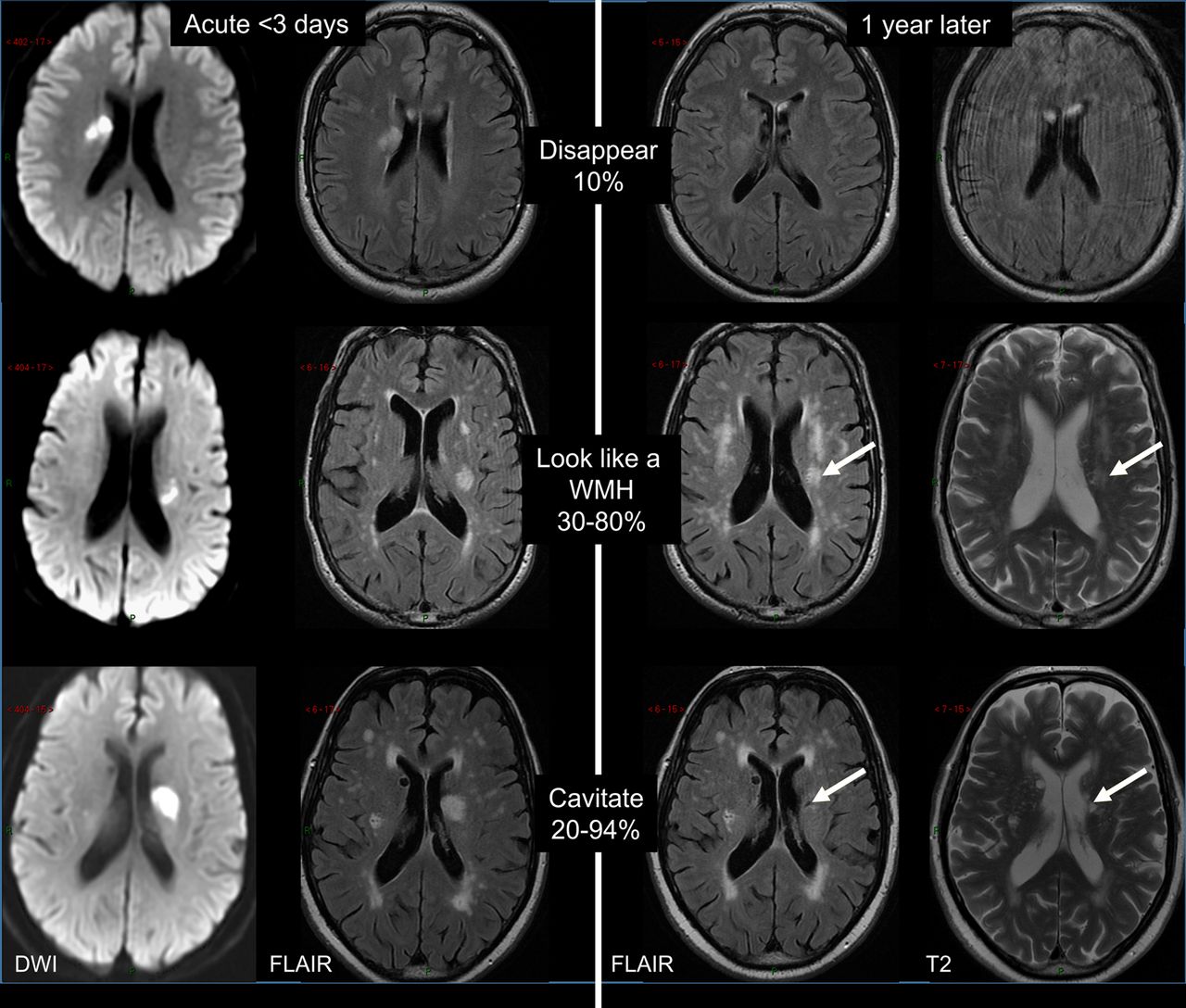



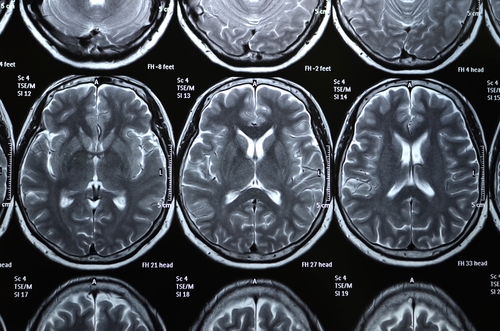
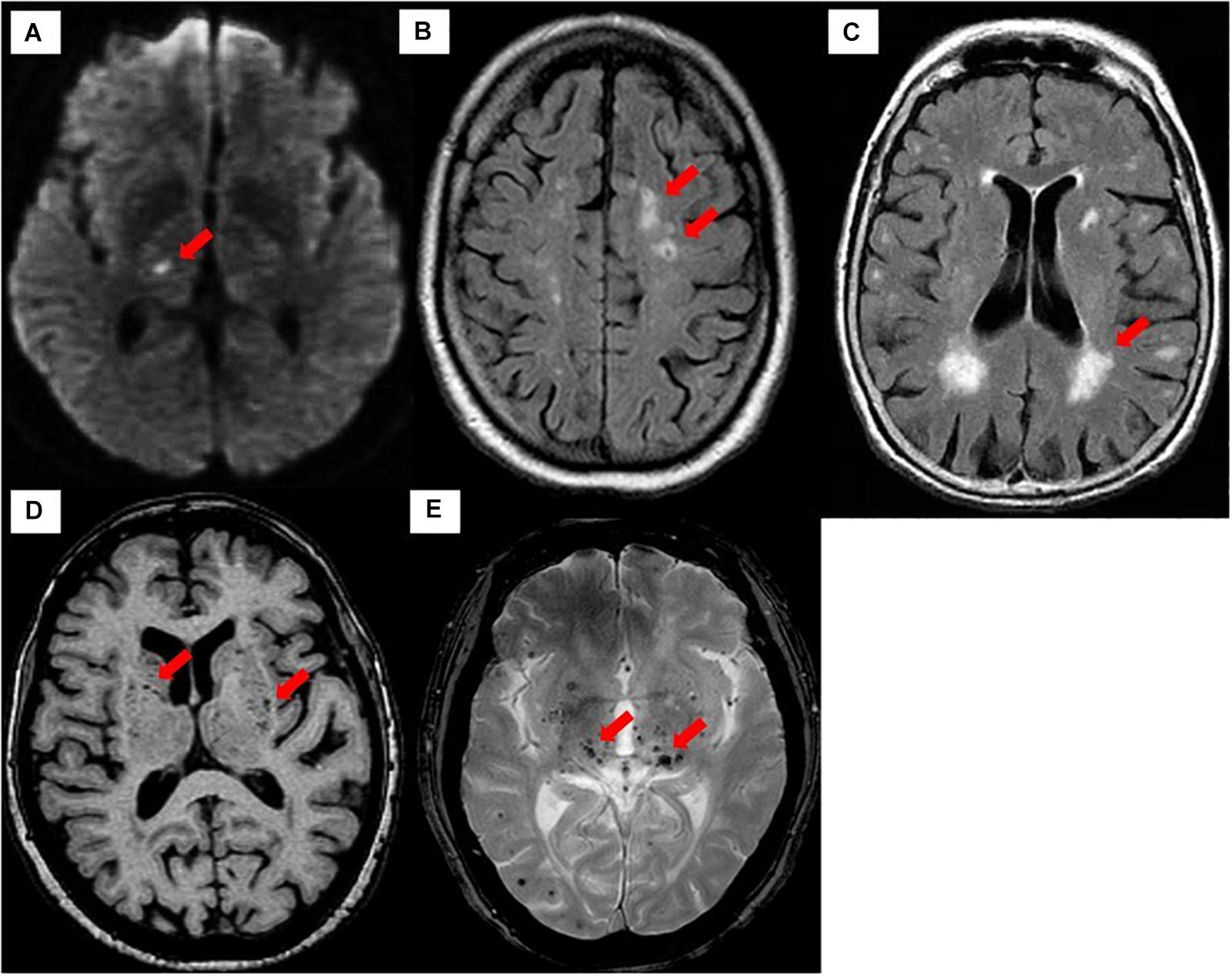


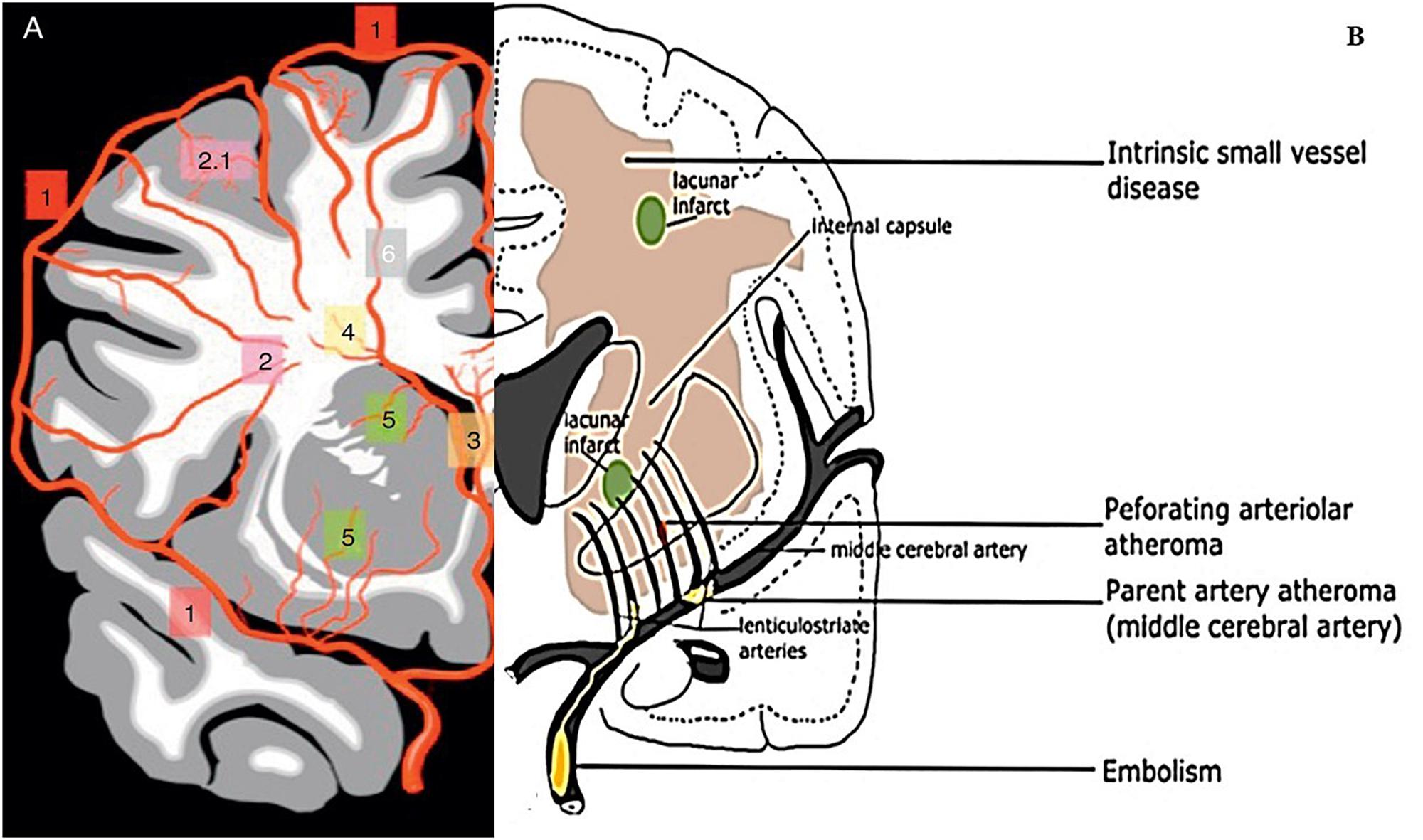

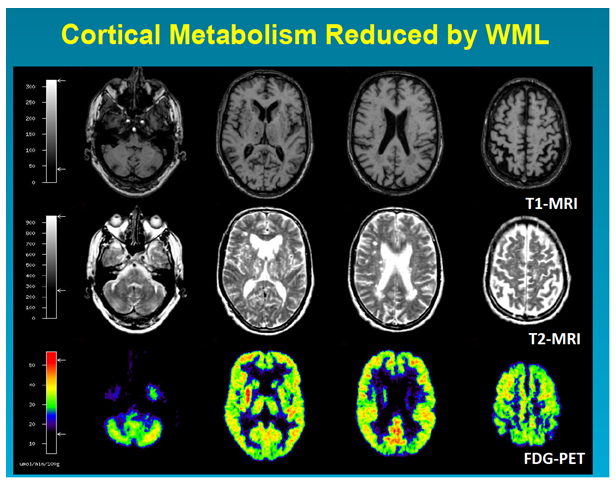

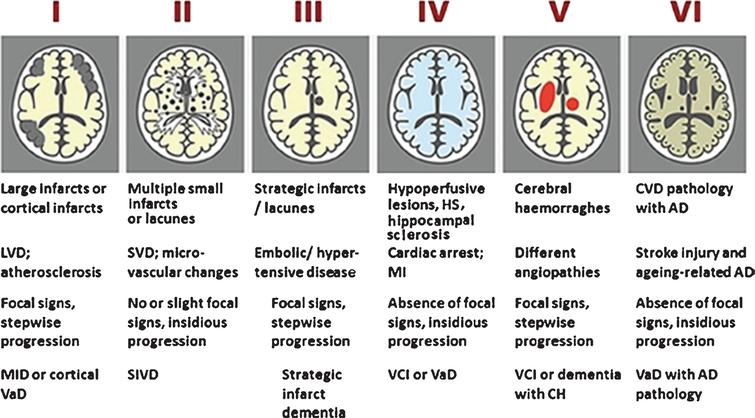




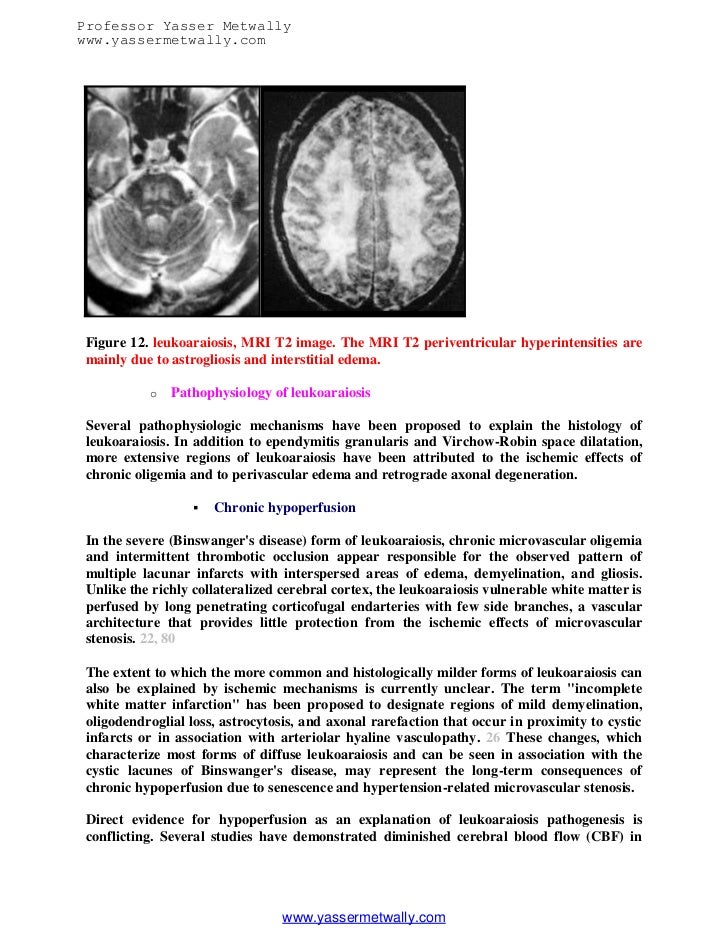

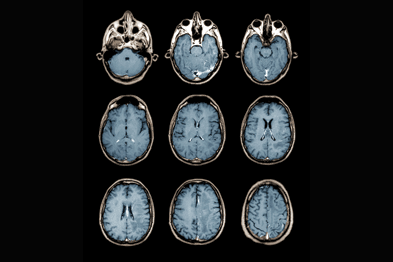
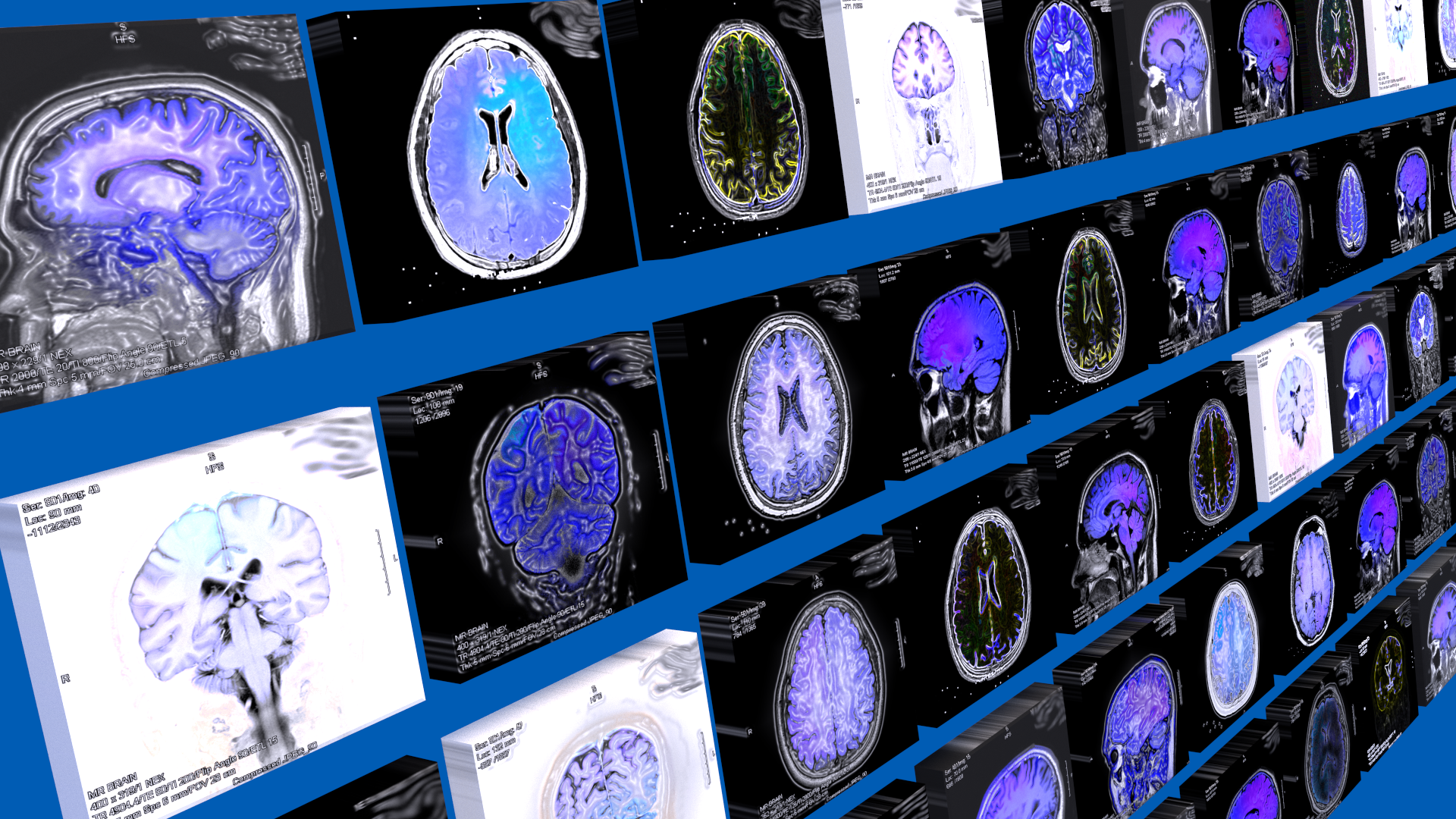

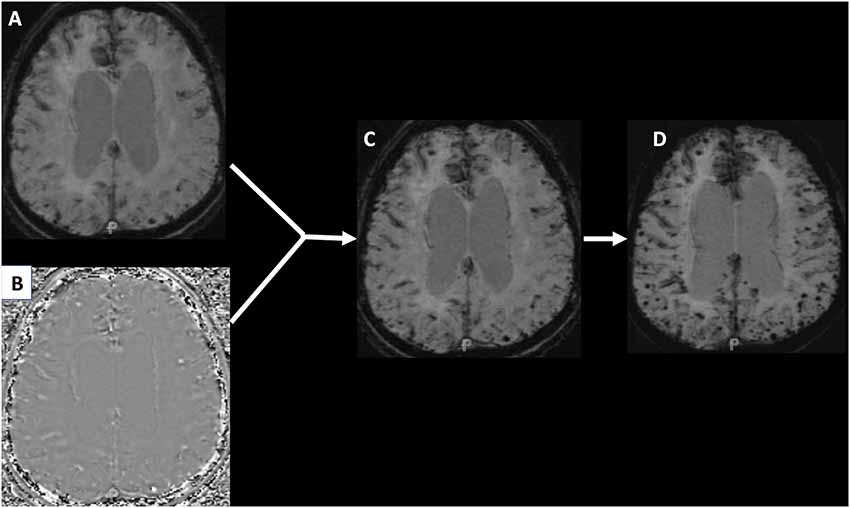
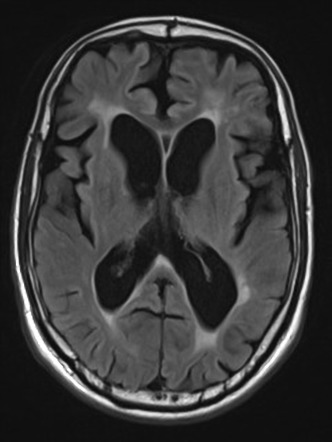

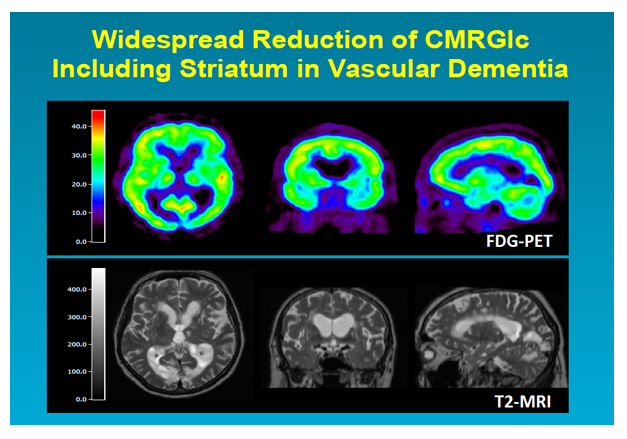





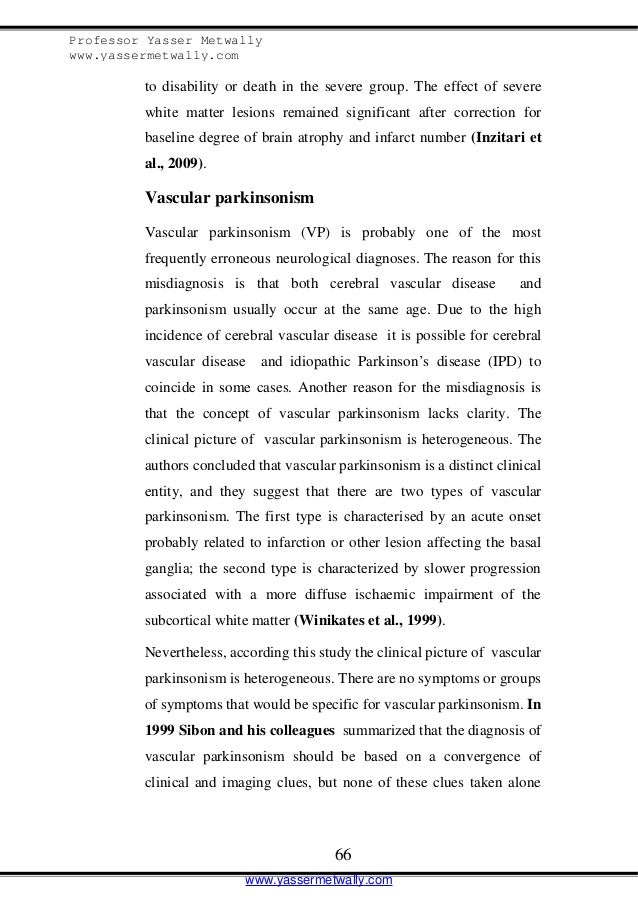
Post a Comment for "Mild Chronic Microvascular Ischemic Disease"